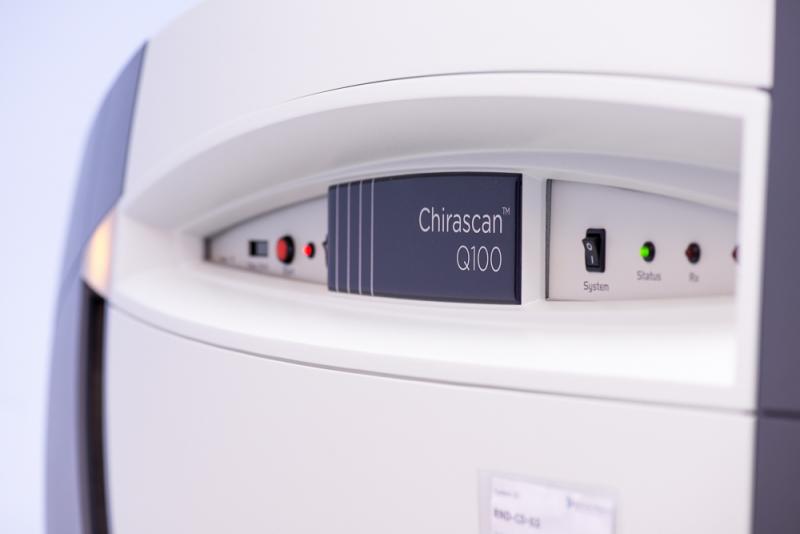Circular dichroism (CD)
Circular dichroism (CD) measurements are most commonly used to determine changes in the secondary and tertiary structure of proteins but can be applied to other bio-molecules as well.

The signal obtained from CD measurements (ellipticity) arises from differences in absorption by chiral molecules of left- and right-handed circularly polarized light.
For proteins, Far-UV CD measurements are obtained using circularly polarized light over a wavelength range of about ≤ 200-250 nm. Light absorption in this wavelength range is mainly due to absorption by the peptide bonds. Since each type of secondary structure element (such as α-helix, β-sheet, etc.) has a distinctive spectral CD profile, Far-UV CD is sensitive to changes in the secondary structure. For instance, Far-UV CD measurements can be performed in different solution conditions (pH, excipients, etc.) to determine the effects thereof on the secondary structural content of a given protein. Also, secondary structures can be estimated when compared to library/database information.
Near-UV CD measurements are obtained over a wavelength range of about 250-300 nm, where tyrosine, tryptophan and phenylalanine residues, as well as disulfide bridges absorb light and are CD sensitive. Near-UV CD signals largely depend on the relative orientation as well as the local mobility of these residues. Consequently, Near-UV CD measurements can provide information about changes in the tertiary structure of proteins, e.g., because of formulation conditions, elevated temperature, storage.
Contact us
Contact us
Need more information? We are happy to answer your questions!

